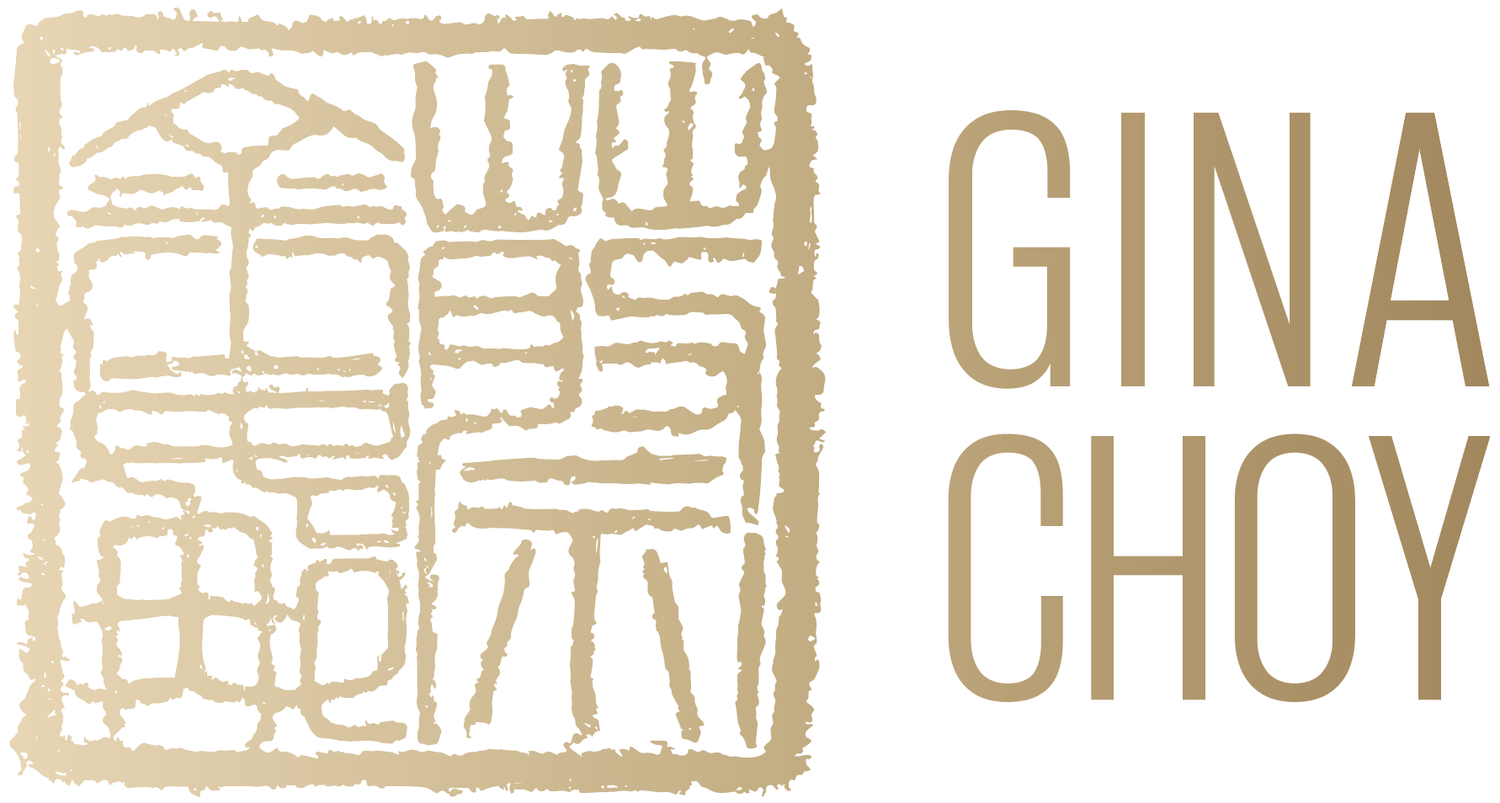Artists often hold rich reservoirs of intellectual property within their practices, processes, and outcomes. When artists share their work, methodologies and processes on Twitter (X) and other social media platforms for self-promotion they potentially expose their intellectual property to a broader audience without guaranteed attribution. How can we effectively promote our work online while ensuring it remains properly credited?
For millennia, copying and imitation have been integral to artistic practices across various cultures, but it was in the early 20th century that appropriation gained prominence as a creative technique within avant-garde modernist movements. Appropriation certainly has a valid place in art practice, as exemplified by Elaine Sturtevant's Repetitions (a detail above). Sturtevant's (1924-2014) deliberate replicas of works by renowned male artists were a feminist critique. Known as the "Mother of appropriation art", Sturtevant asserts that while appropriationists view copying as a commentary on "loss of originality", for her it represents "the power of thought". Conceptual artists continue to use copying as a modality for artistic commentary and visual discourse, however this is not an open justification for unrestricted use of anyone's work.
The continued globalization of the twentieth century has enhanced information transmission to a whole new level. Poet Kenneth Goldsmith, author of Unoriginal Genius, contends that in our digital era, the vast availability of information makes true originality unattainable. In this context, Goldsmith believes that artists should welcome the open exchange of ideas and let go of the ideal of exclusive ownership of an aesthetic or style. However it could be argued that this glorification of numerous appropriation practices effectively serves a single purpose: the digital aesthetic market and the commodification of art. This however, is a wider narrative for artistic discourse that offers no simple solution and is beyond the scope of this short article.
With the rise of digital technology transforming how we create, share, and engage with content, intellectual property rights become more relevant than ever. Intellectual property rights are more than just legal frameworks; they play a crucial role in fostering innovation, ensuring fair competition, and driving economic growth. If we value the power of thought in art, as Sturtevant did, and appreciate art as a discipline of inquiry that can attract (and maintain) leading talents and foremost thinkers, grasping the importance of IP rights becomes increasingly vital.
The field of academia provides an established model for protecting research and inquiry standards, that clearly delineates best practices and methodologies. This includes the formal publication of work to ensure proper attribution and protection and importantly ethical standards of practice. Ethical considerations in art are just as necessary and relevant as they are in academia. Ethics are the shared principles that guide artists to create responsibly. They encompass a wide range of issues, including respect for cultural context and intellectual property rights.
Blockchain technology provides a level of provenance through the process of minting and metadata. This revolutionary technology offers us the opportunity to move forward positively. However, advancing the visual arts requires a more comprehensive framework to ensure robust recognition and protection of artistic contributions. The use of this technology must be enriched with accessible opportunities for artists to formally document and share creative contributions. These modalities must also be visible and widely recognized by cultural and institutional bodies. Without such cultural ephemera, artists who share their work predominantly through social channels, risk having the vital findings of their life’s practice copied without proper attribution.
The Arts as a discipline has a long way to go still. To attract the brightest minds and ensure they can sustain lifelong careers, we must create an environment that offers support and recognition, enabling practitioners to deepen and enrich their discoveries while protecting their intellectual property.
Until this is firmly established artists need to be discerning. As they navigate the space between social media and institutional recognition, pioneering self-promotion and autonomy, artists must tread carefully, considering how extensively they share their secret sauce and its results, balancing the opportunities for exposure with its potential risks.
The question to ask as we move forward is how best to ensure one’s work is both properly acknowledged and protected in an increasingly open digital landscape?
Image: Elaine Sturtevant, Repetitions - Warhol Flowers (1990)

